TXA in head injuries
Don't Forget the Bubbles
JUNE 30, 2023
No, I don’t give TXA to kids with isolated head injuries We want to stop any clot breakdown to try and slow any potential bleeding. The primary outcome was 28-day mortality – TXA improved survival with no increased risk of cerebral clots. What about head injury , though? This is not good.



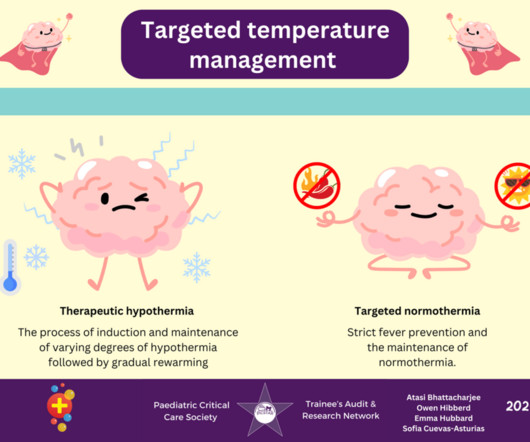
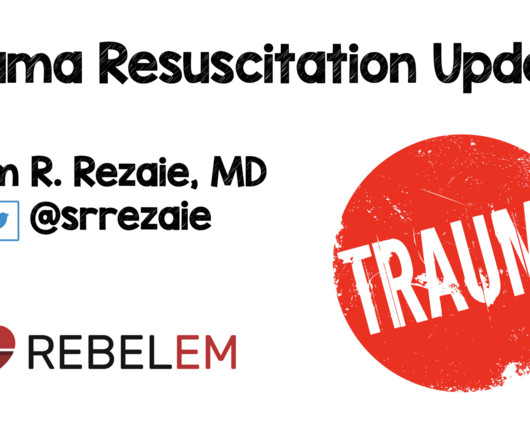






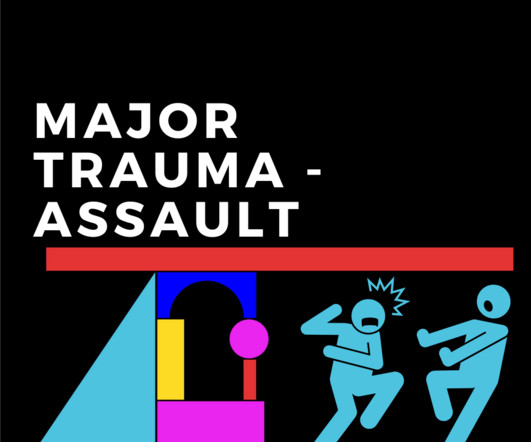


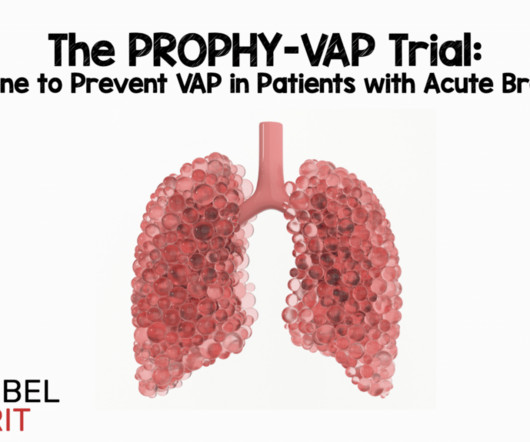





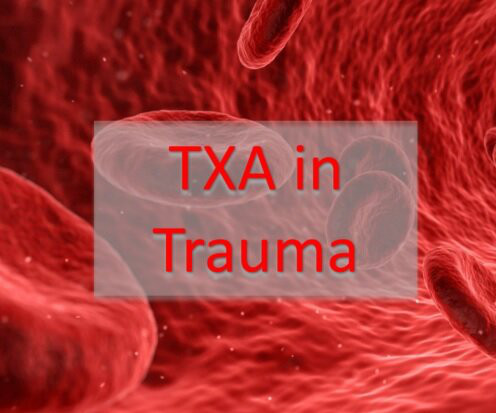








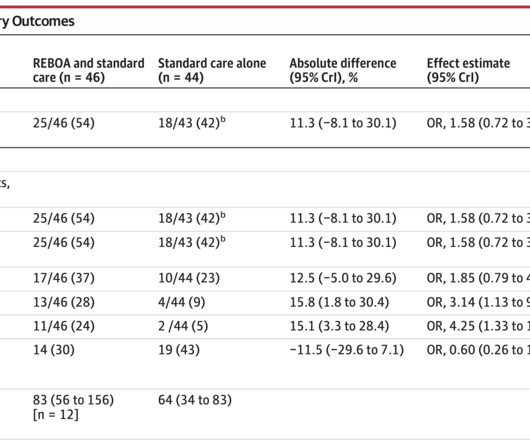
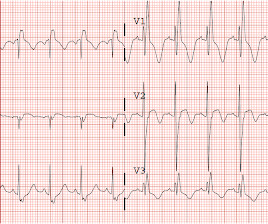

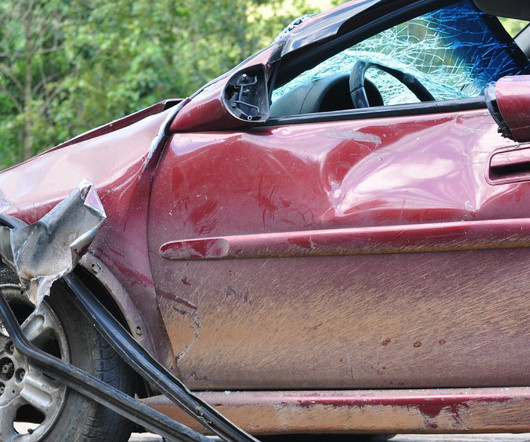

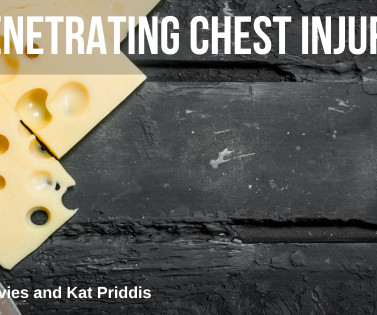






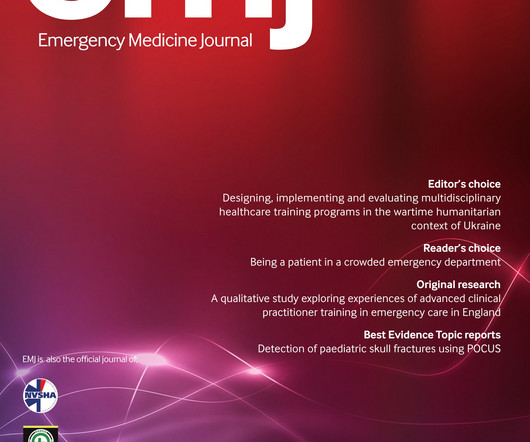







Let's personalize your content